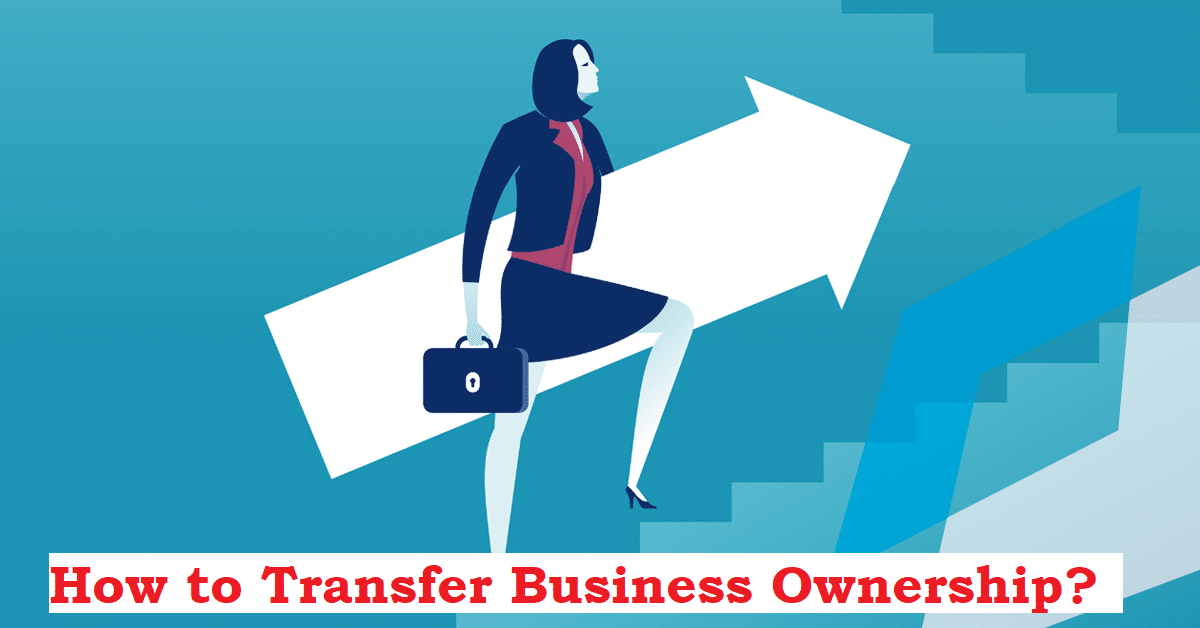
How to Transfer Business Ownership: What You Need to Know
In the business world, change is inevitable. There may come a time when you have to transfer the business in part or whole. I was watching a show on Spectrum online where a character wanted to sell his business to peruse a new career opportunity. Your reason for transferring the ownership could be something else like changes in goals, experiencing a life-changing event, approaching retirement, and so on.
When transferring business ownership, instead of considering it a transaction, consider it a life transformation. It’s a change that will guide you through the next phase in life, hence, you must plan it out.
Transferring Options
There are a few ways for the transfer of ownership to take effect.
1: Gift It to a Family Member
When a business owner approaches the retirement age, they prefer transferring the ownership to a chosen family member. In this case, they have the option to gift the business or seal a part of it.
As long as the company’s worth is less than $10 million, you can gift it to a family member without paying taxes.
2: Sell the Business
The next option is to sell a business as a legal entity. If it’s an incorporated small business that is bringing profit, you can sell it in two ways. You may sell the assets of the business or sell some of the shares. You might want to get in touch with a broker for determining a profitable structure for you.
3: Adding a Partner
Another option is to add a new partner on an agreed-upon cash payment. This would call for redrafting the operating agreement of the company.
4: Dissolve It
There are situations in which a company can’t be sold or handed over. In such a case, you may consider closing the business altogether. This requires certification of dissolution. You must review the IRS’s business closing checklist for ending your company’s tax liability.
How to Transfer the Business Ownership
Now let’s have a look at the general steps for transferring the ownership of a business:
Set Up a Team of Advisors
The first thing to do when considering ownership transfer is to set up a team of advisors. These include an attorney and a financial advisor who would help you determine the best approach for transferring the ownership.
Plus, paperwork can be overwhelming and complex. It’s best to have a qualified legal and financial team to navigate the process. Once you have assembled the team, they will counsel you and access your business, and its assets.
Get Your Business Valued
It’s always a good idea to hire a third party for determining the value of your business. This valuation will help you receive a fair price for selling your business.
Even if the transaction does not take place, it’s beneficial knowing the worth of your business. This information will come in handy when finding investors, applying for business loans, or considering the option of a merger.
What’s going to be the Structure of the Transfer?
When it comes to transferring ownership, you will have several options. The timeline is going to play a significant role. Tax implications might impact your decision (whether it’s selling some shares or transferring all of them).
Whatever you decide, it’s imperative that you understand it and whatever is being documented. If you have questions, ask as soon as possible.
Notify All Your Stakeholders
This includes your suppliers, vendors, and customers. Inform them about the transfer of ownership once the process is complete because it’s likely that the contracts need amending. All your stakeholders would like to know who their new contact person will be.
Apart from notifying them, thank your stakeholders for their business. Do prepare for the new leadership. If you are pursuing a new venture, do share this information with them. They might want to keep in touch.
Begin the Transfer
Take extra care when transferring the business name to a new owner. Have a strong team of lawyers, business brokers, and financial advisors by your side to help take the decision in your best interest.
The agreement must specify all the terms precisely such as whether the assets will be purchased through installments or via cash. The final agreement must be reviewed by both parties and their signatures must be present for the ownership to transfer.





